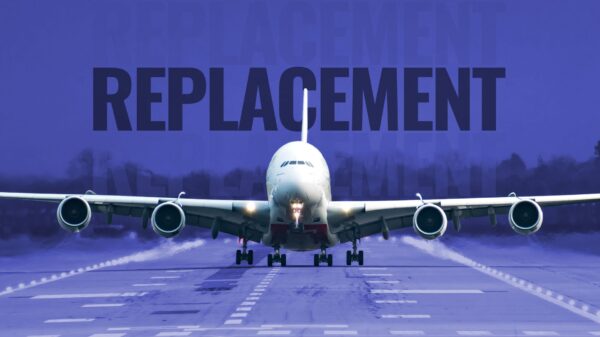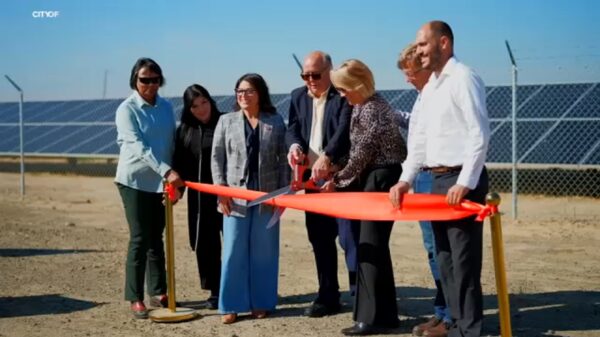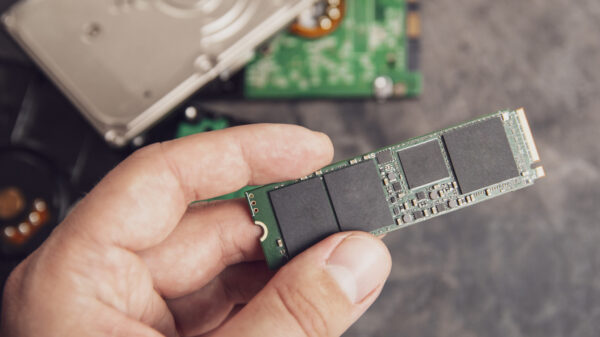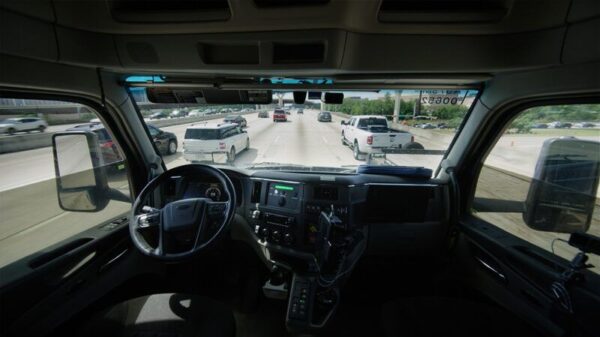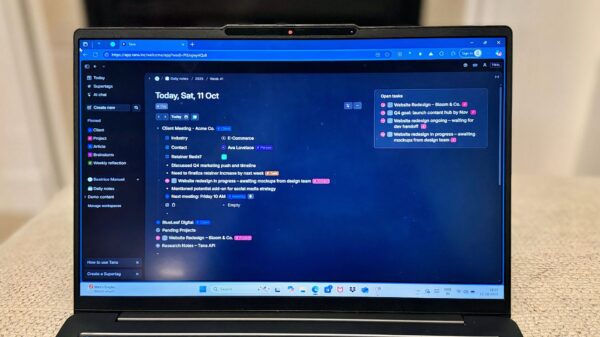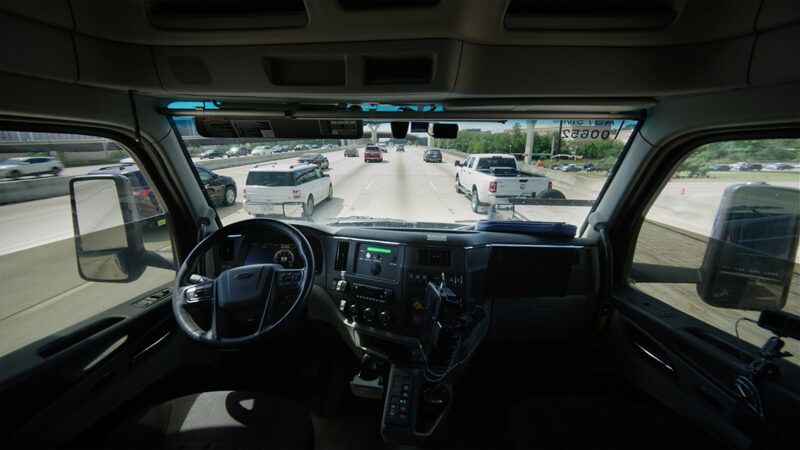The future of freight transportation is currently being tested on public roads in Texas, where autonomous trucks are navigating routes between Dallas and Houston. Aurora Innovation Inc. has become the first company to operate heavy-duty self-driving trucks in this area, launching its service in May 2024. The company aims to expand its routes to include El Paso and Phoenix by the end of the year, but the widespread adoption of autonomous trucking may hinge on federal regulations that govern stationary vehicles.
Aurora’s self-driving technology claims to detect objects up to three football fields away, even in challenging conditions such as darkness and with other vehicles nearby. The potential benefits of autonomous trucking are significant, including reduced shipping costs and alleviating the ongoing shortage of long-haul truck drivers. Unlike human drivers, who are mandated to take a 10-hour break after every 14 hours of driving, Aurora’s trucks can operate continuously, enhancing efficiency in logistics.
Despite the promise of this technology, an existing federal regulation is creating obstacles. Currently, if a truck breaks down, operators must place reflective warning cones and road flares around the vehicle within ten minutes to alert other motorists. These requirements are stringent, specifying the number and placement of warning signals around the truck.
Aurora has sought an exemption from the U.S. Department of Transportation (DOT) to allow the installation of warning beacons directly on the trucks. These beacons would activate when a truck becomes disabled, providing more visibility than cones or flares, especially at night. According to Aurora, this change would enhance safety for all road users, as drivers would no longer need to exit their vehicles and walk into traffic to set up warning signals.
In December 2024, the DOT denied Aurora’s request, stating that there was no evidence to suggest that truck-mounted beacons would be less safe. A study is currently underway to evaluate the safety implications of this proposed change, but the timeline for its completion remains uncertain.
The situation has sparked legal and legislative actions aimed at accelerating the adoption of autonomous trucking. In January 2024, Aurora filed a lawsuit in federal court challenging the DOT’s denial of its exemption request, describing the decision as “arbitrary” and an abuse of regulatory discretion.
Additionally, Rep. Vince Fong (R–Calif.) has introduced legislation that would recognize truck-mounted warning beacons as permissible warning devices. This bill aims to facilitate the integration of autonomous trucks on the roads, arguing that federal regulators should not impede advancements in road safety.
As the debate surrounding autonomous trucking continues, the resolution of regulatory challenges will be crucial in determining whether this technology can reshape the future of freight transportation. The outcome of court proceedings and legislative efforts may significantly influence the speed of innovation in this sector.










